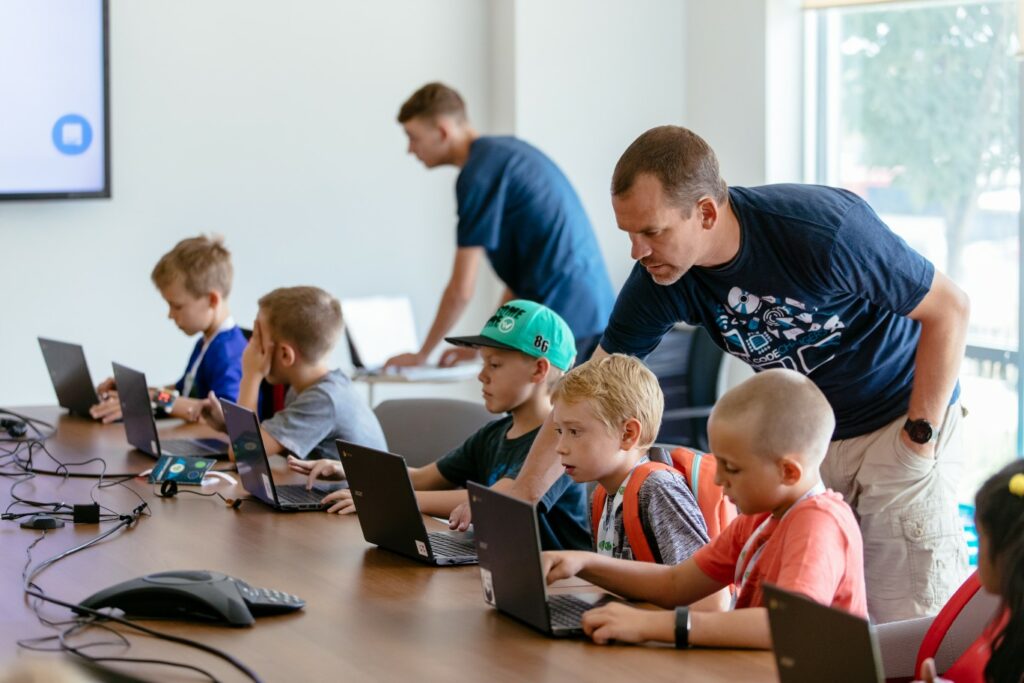Simulations provide students with practice in decision making, but in a different, more engaging, format. Since simulations are based on real-life situations, they present students with choices and constraints that reflect real-world problems. For example, a class in political science might simulate a city council meeting to decide on the location of a halfway house for juvenile offenders. Students are given particular roles to play: members of the police department, representatives of neighborhood associations, social workers trying to reintegrate juvenile offenders into society, and others with conflicting concerns. The task facing the class is to come to agreement about the placement of the halfway house. The instructional objectives are to practice negotiation skills, engage in problem solving, and discover techniques for reaching compromise.
Simulations are more difficult and time-consuming to write than case studies, and they usually take more time in class, although the teacher’s role is less directive than in the case study method. They also require more explanation before the exercise and, when completed, a careful exposition of what has been learned by relating students’ experiences to the general principles involved. Nonetheless, simulations can be very effective in teaching problem solving and in developing students’ self-confidence.


